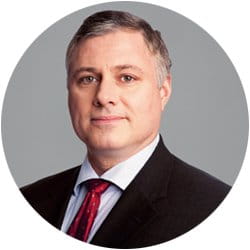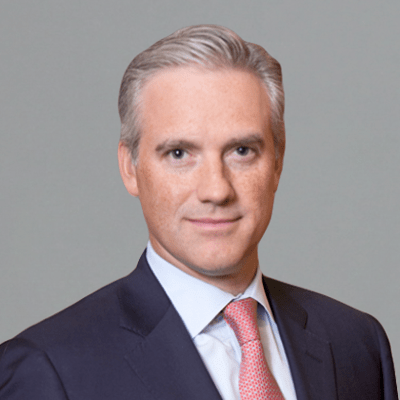Like the reliable mule—a hybrid of a donkey and horse with all the benefits of both—a hybrid investment vehicle composed of an SMA account with a fund component could be the best choice.
Consider the mule: bigger and farther ranging than the donkey and stronger and with more stamina than the horse. Mules are so useful that more than a century into the era of the combustion engine, the US Forest Service still uses them to access areas with difficult terrain. In some environments, a dependable hybrid really is best.
A dependable hybrid
When it comes to fixed income investing, high-net-worth investors have long appreciated the advantages of separately managed accounts (SMAs). The certainty and definition that comes with owning individual bonds is a key benefit for investors’ “safe-money” allocation. SMAs can provide customized exposure to fixed income asset classes in ways that alternative vehicles cannot. In addition, they can allow for tax-loss harvesting tailored to the individual investor’s needs, which can create tax alpha and improve after-tax returns.
Because SMAs tend to have relatively concentrated positions however, we don’t believe they’re appropriate for taking on exposure to less liquid portions of the fixed income markets, notably high yield. For these types of markets, building a highly diversified portfolio is more important, blocking up can matter more, and having a longer-term perspective may be required. A mutual fund could be the most efficient way to access these markets. While there are many excellent high-yield funds out there, however, the fund structure fails to deliver the same benefits as an SMA.
A hybrid vehicle composed of an SMA with a fund component might be the solution. It can offer investors a way to augment yield by taking on some high-yield exposure while maintaining many advantages of an SMA. Investors could maintain two separate accounts, one for individual bond positions and one for mutual funds, but a hybrid vehicle offers the advantage of consolidated positioning and reporting. It simplifies tax reporting and should significantly reduce any concentration risks that could occur from two independently managed investments.
Discover the benefits of a scalable SMA solution
What about the cost?
Hybrids can also be cost-effective because they often use a dedicated no-fee fund component. For example, Parametric offers a fixed income investment strategy that may utilize mutual funds with no-fee share classes.
Both actively managed and laddered SMAs can be structured to successfully navigate a rising rate environment. With yields low by historical measures, delivering additional yield today is the bigger challenge. Fixed income markets are reasonably efficient. Risk and return generally are correlated, so adding yield means finding the right risks to take. This makes the hybrid structure particularly compelling in the current market environment.
The bottom line
At this point in the economic cycle, prudently taking on some sub-investment-grade credit risk could be an appropriate way to augment yield. We believe the continuing economic recovery buoyed by fiscal stimulus should support credit. Even if credit spreads don’t tighten further, we find the additional yield that can be earned from an allocation to high yield compelling, and we see a very low probability that spreads will widen meaningfully.
Maintaining the advantages of an SMA but augmenting the return with a high-yield component could be the ideal approach for some investors who find rates stubbornly low.















